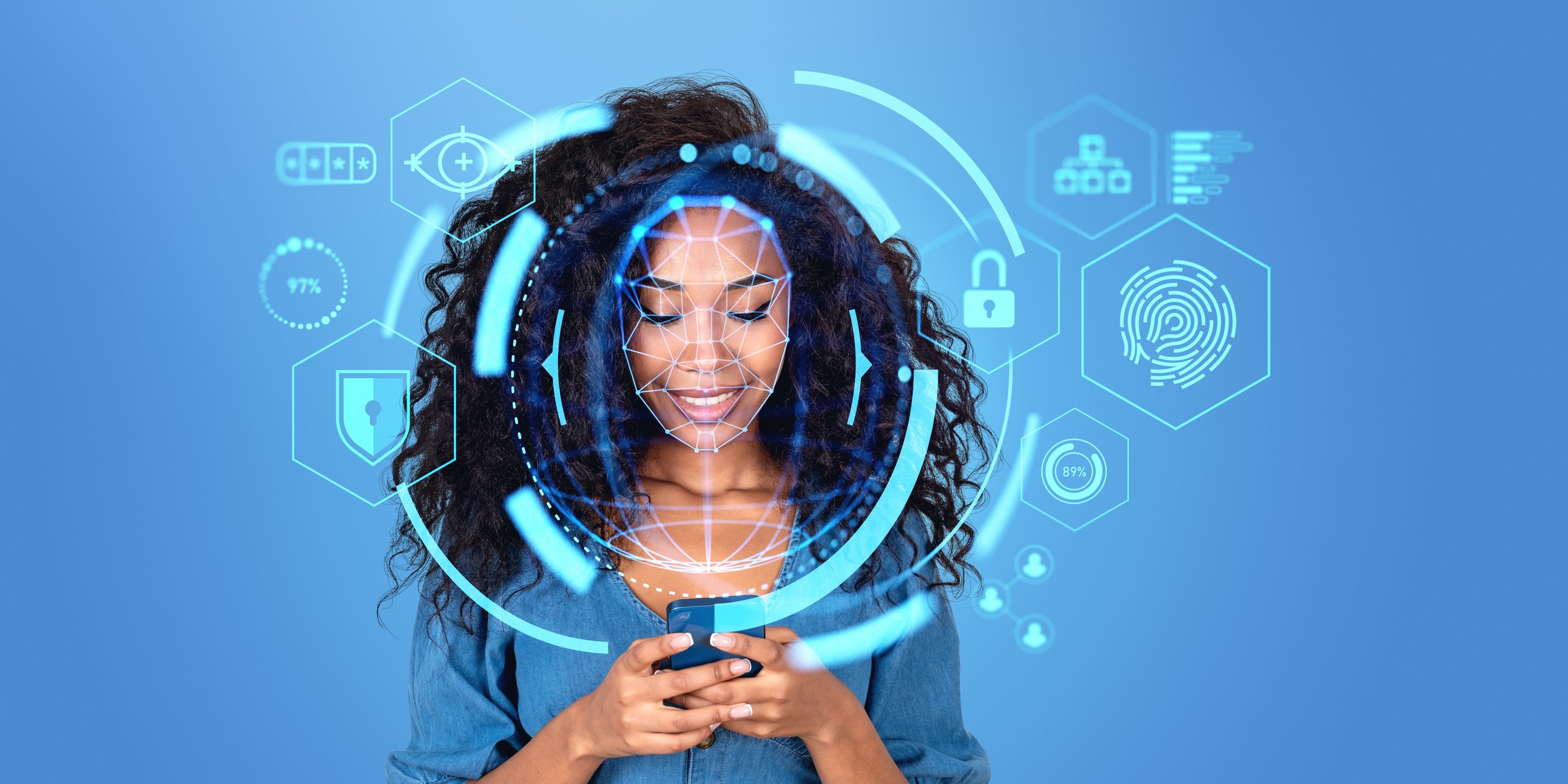
Insights Blog
Hybrid Collaboration—How to Fix It. Addressing the Human Connection
We may not be in the same room, but hybrid work promises a seamless connection that often feels like a hollow illusion. Why does it seem like we’re just staring at a screen full of faces instead of engaging in meaningful collaboration?
Hybrid collaboration is here to stay—whether you're managing a global team, hosting a campus-wide town hall, or trying to participate in your family’s Zoom trivia night. The challenge? Most hybrid interactions feel like a lackluster blend of in-person and remote experiences. They get the job done, but they lack the inspiration and engagement we crave.
Unleashing the Power of Connection.
How Corporate Events Are Adapting in 2025—and Why Oggi Is Built for This Moment
In 2025, the story of corporate events isn’t about flashy venues or massive productions. It’s about resilience, resourcefulness, and rethinking how we connect. With economic pressures forcing companies to slash travel and marketing budgets, the traditional event model is being challenged—but the need for engagement hasn’t gone away.
Health “Care” with Oggi: A New Era…
Discover the future of patient care and healthcare education with Oggi, an innovative platform that revolutionizes how we learn and connect in the medical field. By integrating real-time video avatars, interactive 3D spaces, and AI-driven holograms, Oggi offers an immersive, user-friendly experience that makes healthcare more personalized and accessible, significantly enhancing the quality of care. This groundbreaking platform not only boosts post-surgery care and wellness education but also ensures secure, HIPAA-compliant consultations, improving patient outcomes and healthcare efficiencies. Whether you're seeking wellness advice or exploring new health practices, Oggi breaks down barriers and transforms healthcare learning into an engaging and interactive journey. Embrace the future of health "care" with Oggi, where education, interaction, and innovation converge seamlessly to elevate care and efficiency.
Explore the evolution of virtual collaboration beyond traditional video calls and the integration of emotion-driven AI to create more authentic digital interactions. The piece highlights the limitations of conventional virtual meetings, which often feel transactional and lack emotional engagement. Oggi, a platform mentioned in the blog, aims to revolutionize this space by using real-time video avatars and AI designed with emotional intelligence. This technology allows participants to move and interact in a virtual space more naturally, making remote collaboration as engaging and connected as in-person meetings. The blog emphasizes the importance of human-centered digital experiences that prioritize emotional connection, advocating for AI that enhances human interaction rather than just performing tasks. The future of virtual collaboration, according to the blog, lies in creating spaces that reflect real-life connections, ensuring that participants feel present and valued regardless of their physical location.
As immersive digital reality platforms like OGGI redefine how we connect and collaborate, artificial intelligence (AI) is simultaneously revolutionizing the educational landscape. The integration of AI into classrooms, campuses, and virtual learning environments is not just a fleeting trend—it’s a fundamental shift that’s making education more personalized, efficient, and accessible than ever before.
Higher education is at a turning point. Student engagement is declining, mental health concerns are rising, and conventional platforms like Zoom are no longer enough to meet the complex demands of hybrid learning. Colleges want to offer emotionally resonant, accessible, and scalable student experiences—but without the burden of expensive infrastructure overhauls. At the same time, a powerful but often overlooked solution is emerging: keystone habits. These are small, intentional routines that spark broader positive change. When applied across higher ed—from IT departments to first-year students—they can influence everything from academic performance to institutional efficiency.
In today’s rapidly evolving world, access to higher education is more than a privilege—it’s a necessity for personal growth, career advancement, and societal progress. Yet, for millions of students, barriers rooted in disability, geography, or circumstance have long stood in the way. The good news: technology is changing that narrative, opening doors to diverse populations and remote communities like never before.
Education has always been a bridge to opportunity—but geographic, financial, and language barriers have long stood in the way for millions. Real-time learning platforms are dismantling these obstacles, creating a future where quality education is accessible to all.
One of the biggest misconceptions about virtual reality in education is that it requires costly VR headsets and complex equipment. Fortunately, today's immersive virtual classrooms offer dynamic, interactive experiences without any special hardware—all you need is a standard computer, tablet, or smartphone.
For years, Zoom and Google Meet have dominated the remote education scene. However, as technology evolves, so do expectations for virtual learning environments. Today's students and educators demand richer, more interactive experiences that go beyond static video tiles and passive learning.
Remote learning is no longer a temporary solution; it's now a fundamental part of global education systems. Yet traditional video conferencing tools like Zoom and Google Meet have proven insufficient for delivering dynamic and engaging experiences for students and teachers.










